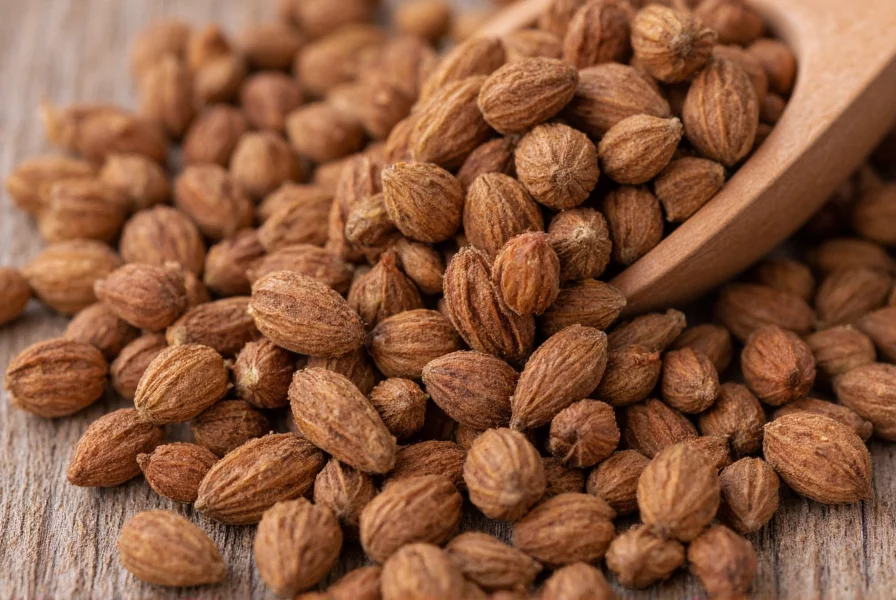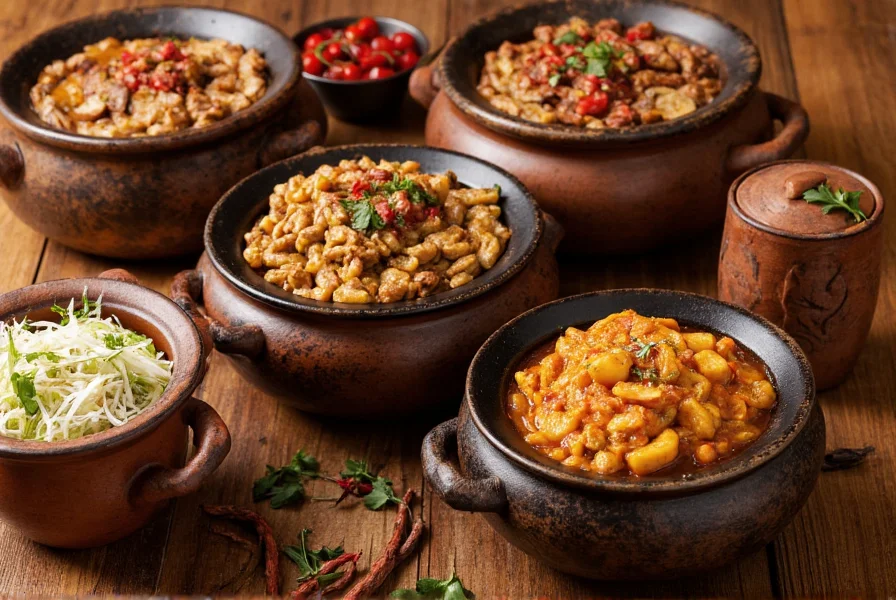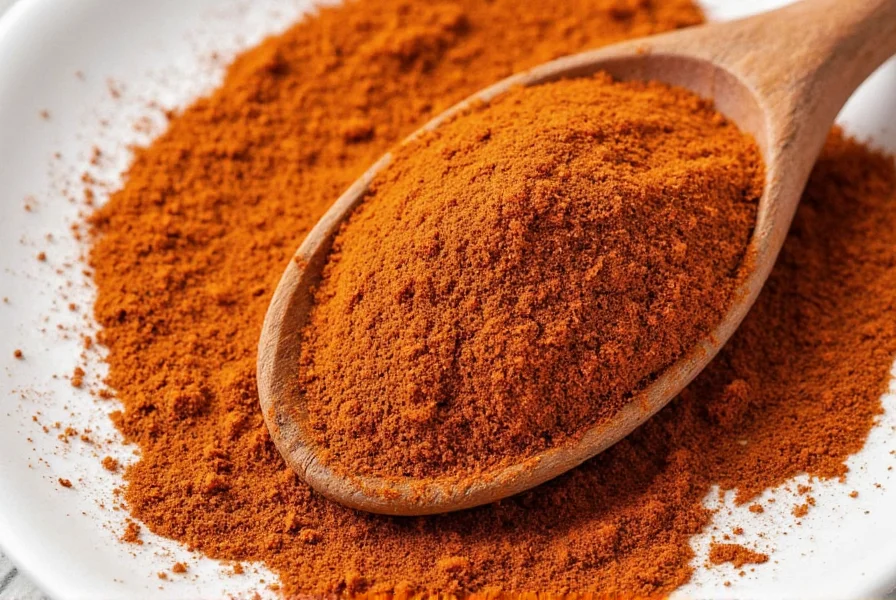Understanding what does the spice cumin taste like requires experiencing its complex flavor profile that has made it indispensable in kitchens worldwide for thousands of years. This ancient spice delivers an immediate earthy warmth that builds gradually on the palate, creating a foundation for countless signature dishes across culinary traditions.
The Complete Cumin Flavor Profile
When evaluating how would you describe the taste of cumin, professional chefs and food scientists identify several distinct flavor dimensions:
- Primary notes: Earthy, warm, and slightly bitter
- Secondary characteristics: Nutty, smoky (when toasted), with citrus undertones
- Mouthfeel: Medium-bodied with moderate pungency
- Aroma: Intensely fragrant, slightly peppery, and distinctly warm
Unlike many spices that offer singular flavor notes, cumin provides a layered tasting experience. The initial earthiness gives way to subtle citrus notes, followed by a gentle warmth that never becomes overwhelmingly hot. This complexity explains why cumin flavor profile description often includes multiple sensory descriptors.
Cumin Compared to Similar Spices
Many home cooks confuse cumin with other spices. This comparison clarifies key differences:
| Spice | Flavor Profile | Common Confusion Points |
|---|---|---|
| Cumin | Earthy, warm, slightly bitter, with citrus notes | Often mistaken for coriander due to similar seed appearance |
| Coriander | Citrusy, floral, sweet, with lemon undertones | Much brighter and less earthy than cumin |
| Caraway | Earthy, anise-like, with distinct licorice notes | More medicinal and less warm than cumin |
| Fennel | Sweet, licorice-forward, with herbal notes | Much sweeter and less earthy than cumin |
Why Cumin Tastes the Way It Does: The Science
The distinctive why does cumin taste the way it does question has a scientific explanation. Cumin's flavor comes primarily from cuminaldehyde, which accounts for 25-30% of its essential oil composition. This compound creates the characteristic earthy warmth.
Additional compounds contribute to its complexity:
- Terpenes: Provide citrus notes
- Pyrazines: Create roasted, nutty characteristics
- Thymol: Adds subtle medicinal undertones
These compounds work synergistically, explaining why what does ground cumin taste like differs slightly from whole seeds. Grinding releases more essential oils, intensifying both aroma and flavor.

How Preparation Affects Cumin's Flavor
Understanding cumin spice flavor characteristics requires recognizing how preparation methods transform its taste:
- Raw: Bitter with pronounced earthiness
- Toasted dry: Develops nutty, smoky notes while reducing bitterness
- Bloomed in oil: Releases maximum aroma with smoother flavor profile
- Ground vs. whole: Ground cumin loses potency faster but delivers immediate flavor
Chefs recommend toasting whole cumin seeds in a dry pan for 1-2 minutes until fragrant before grinding. This technique enhances the warm, nutty characteristics while mellowing the inherent bitterness that often puzzles new cooks asking how would you describe the taste of cumin.
Culinary Applications Across Global Cuisines
Cumin's versatility explains its prominence in diverse culinary traditions. In Mexican cuisine, it features prominently in chili powders and adobo blends. Indian cooking uses it in garam masala and curries, while Middle Eastern dishes incorporate it into falafel and hummus.
When determining best dishes to use cumin in, consider these pairings:
- Proteins: Lamb, beef, chicken, black beans, chickpeas
- Veggies: Sweet potatoes, carrots, tomatoes, onions
- Spice companions: Coriander, chili powder, garlic, smoked paprika
- Liquids: Tomato-based sauces, broths, yogurt marinades

Common Misconceptions About Cumin
Several myths persist about this ancient spice:
- Misconception: Cumin is extremely hot like chili peppers
Reality: It provides warmth without significant heat (0 on Scoville scale) - Misconception: Cumin and coriander are interchangeable
Reality: They have distinctly different flavor profiles despite similar seed appearance - Misconception: All cumin tastes bitter
Reality: Proper toasting eliminates excessive bitterness while enhancing desirable notes
Practical Tips for Using Cumin Effectively
Maximize cumin's potential with these professional techniques:
- Buy whole seeds: Purchase whole cumin seeds and grind them as needed for maximum flavor
- Toast properly: Heat seeds in dry skillet over medium heat for 1-2 minutes until fragrant
- Bloom in fat: Add ground cumin to hot oil early in cooking to release essential oils
- Balance bitterness: Counter natural bitterness with small amounts of acid (lemon juice) or sweetness
- Storage: Keep in airtight container away from light; use within 6 months for peak flavor
Understanding cumin vs coriander taste difference helps create balanced spice blends. While cumin provides earthy depth, coriander offers bright citrus notes that complement rather than duplicate cumin's profile.
Conclusion
Cumin's distinctive earthy warmth with subtle citrus notes makes it irreplaceable in global cuisines. Whether you're wondering what does the spice cumin taste like or seeking to perfect your spice technique, recognizing its complex flavor profile helps you use this ancient spice more effectively. By toasting seeds properly, understanding its flavor companions, and avoiding common misconceptions, you can harness cumin's full potential to elevate everyday dishes.











 浙公网安备
33010002000092号
浙公网安备
33010002000092号 浙B2-20120091-4
浙B2-20120091-4